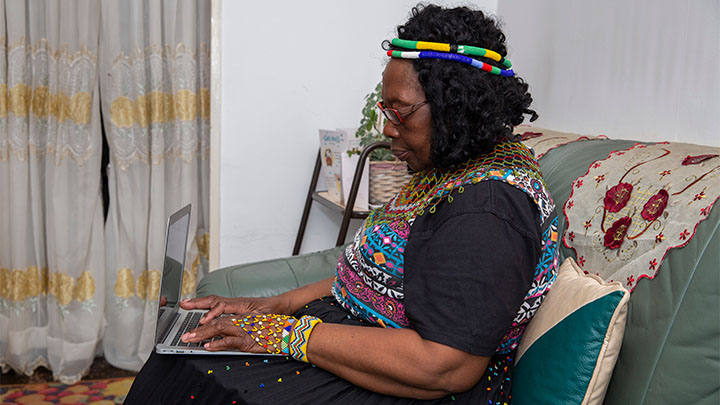Estimating small-area frailty prevalence among older adults using survey data, and assessing whether prevalence differs between urban, rural, coastal and inland areas of England.


Estimating small-area frailty prevalence among older adults using survey data, and assessing whether prevalence differs between urban, rural, coastal and inland areas of England.

Looking at the COVID-19 vaccination roll-out in light of population risk.

Synthesising evidence on identification of older people with frailty approaching end-of-life, and whether associated intervention improves outcomes.

A look at whether the concept of frailty can be used with younger populations who are vulnerable because of long-term health problems.

Identifying how frailty is measured in younger populations, including evidence of the impact on patient outcomes and care.

We aimed to identify the interventions that are (cost) effective in preventing, reversing or slowing progression of frailty.

This study assessed the growing literature on early intervention to support dying well, and looked to show when and how to identify frail older adults with end of life and palliative care needs, and discussed why this might or might not be advantageous.

Producing research into the identification of frailty in younger populations.

Identifying evidence about the use of the CFS in intensive and critical care settings, or as a tool to aid decision making for critical care, for those aged under 65 years.



Recent Comments